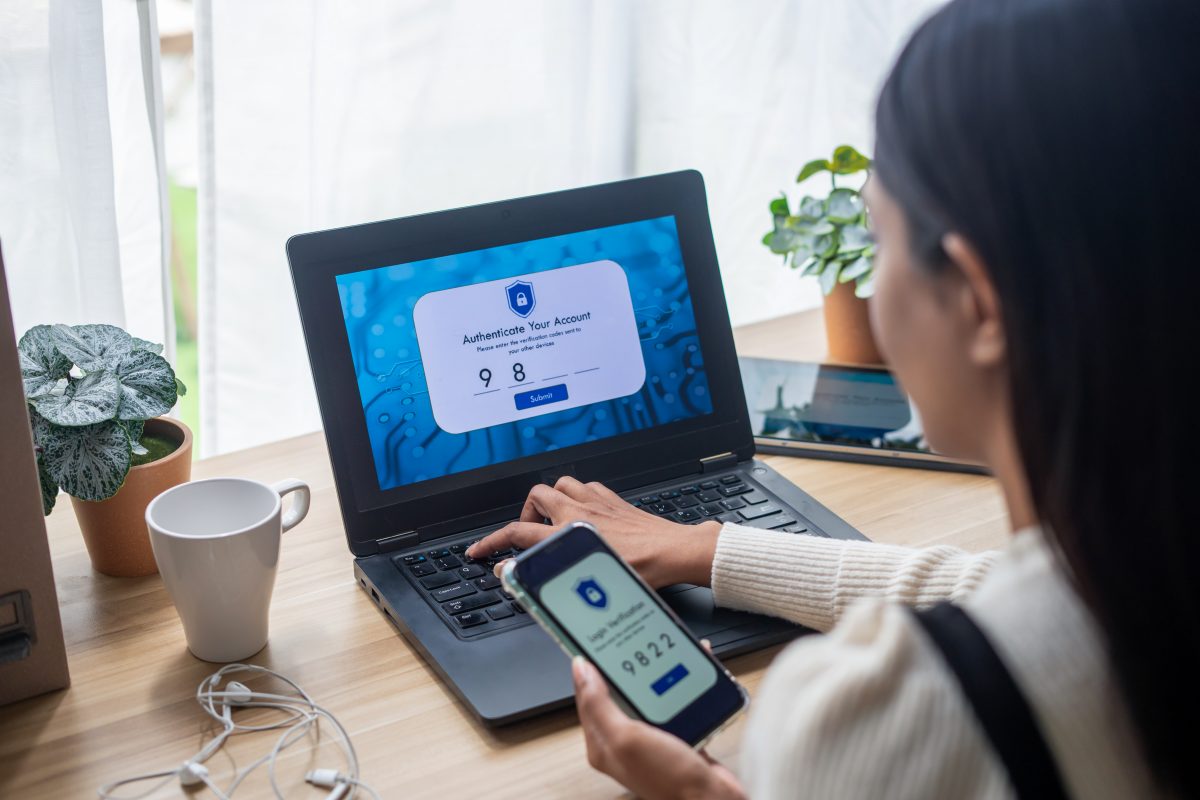
By Ms Rubeena Singh, ERIA’s External Consultant on Inclusive Education
South-East Asia faces a particularly opportune time. The rapid growth of the digital economy continues to offer many opportunities to bridge gaps in education, employment, and wellbeing across the region. The speed of the growth of the digital economy, however, has not been even across the ASEAN region. Some people are becoming significantly better off than others. People with disabilities are often overlooked in this transition and may face dire consequences if they are not brought into the fold.
ERIA’s report, ‘Technology and Disability: Trends and Opportunities in the Digital Economy in ASEAN’ addresses this concern by highlighting the role digital technology can play in transforming the lives of people with disabilities in the ASEAN region. As authors of the study Cashmore and Crosta mention, “people with disabilities are an overlooked source of innovative talent.” Technology can help tap this talent. Technology can provide opportunities for people with disabilities to participate more fully in the workforce, to access education, and to lead more independent lives. This work would help to address the 472 million people with disabilities of working age in the Asia-Pacific region, who are already two to six times less likely to be employed than their peers without a disability.
How digital technology can advance inclusion and empowerment of people with disabilities
One way digital technology can promote the inclusion and empowerment of people with disabilities is through tech-enabled working environments. These environments can include the provision of assistive technologies and tools to help level the playing field and provide accommodation needed to allow people with disabilities to do their job. The study shared the work of a social enterprise in Thailand called Steps, which is working with IKEA to create a blueprint for an inclusive office with IKEA products, dispelling the belief that accommodations for people with disabilities are more expensive than for those without disabilities. Technology can also create virtual and flexible working environments that allow people with disabilities to work from home or at other locations that are more accessible to them.
Another area where digital technology can make a real impact is through the creation of digital jobs, including engagement in the hiring phase for these jobs. The study revealed many people with disabilities face significant barriers to employment, but digital jobs can provide new opportunities for people with disabilities to work and contribute to their communities. Artificial intelligence-powered tools can be used in the hiring process to limit biases against people with disabilities. These digital jobs can be performed from anywhere with an internet connection, making them more accessible to people with disabilities and removing many of the physical and social barriers that can prevent people with disabilities from physically participating in the workforce.
Finally, digital technology can play a key role in improving access to education for people with disabilities. With the rise of online and distance learning, people with disabilities are no longer limited to studying in physical classrooms and can access education from anywhere with a reliable internet connection. This can help to break down barriers to education and improve the chances of people with disabilities to achieve their full potential. However, comprehensive, and ongoing teacher training to adopt universal learning design principles such as adapting the curriculum to individual student needs, as well as reliable access to the internet are critical factors that can enable access to online learning for all learners. In terms of access to the internet in the ASEAN region, access to the internet can range from 1.7% in Lao People’s Democratic Republic to 98.4% in Singapore. Governments must support infrastructure to support this kind of learning across the region to ensure all people with disabilities have equitable access to online learning.
To fully realise the opportunities mentioned, multiple stakeholders must take action to ensure that digital technology is accessible, inclusive, and empowering for people with disabilities. Afterall, all people belong in the workplace and have the right to contribute to society socially, politically, and economically, including people with disabilities. The study offers a compelling framework for action for stakeholders across government, businesses, and civil society, to ensure technology is accessible, inclusive, and empowering for people with disabilities. We must remember, people with disabilities are agents of their own future. Technology can help give them agency and tools to participate fully and thrive in a digital world.
About the writers
Rubeena Singh is a researcher and thought leader on topics related to sustainability, diversity and inclusion, and social impact. Her work has been featured in the Asian Development Bank and GWL Voices for Change and Inclusion, among others. Before transitioning to research-based content development, Rubeena practiced as a clinical Speech Language Pathologist for eight years across Canada. She also gained international experience during her time at a social enterprise clinic in Cambodia.
About ERIA
The Economic Research Institute for ASEAN and East Asia (ERIA) is an international organisation based in Jakarta. Since its founding in 2008, ERIA, through its research, supports the regional economic integration process among ASEAN member countries. As the leading economic think tank in the region and the Sherpa institution for the East Asia and ASEAN Summit process, ERIA’s research and policy recommendations have influenced the policymaking process in the region.
The views and recommendations expressed in this article are solely of the author/s and do not necessarily reflect the views and position of the Tech for Good Institute.
This article was first published by the Economic Research Institute for ASEAN and East Asia on March 11, 2023.



